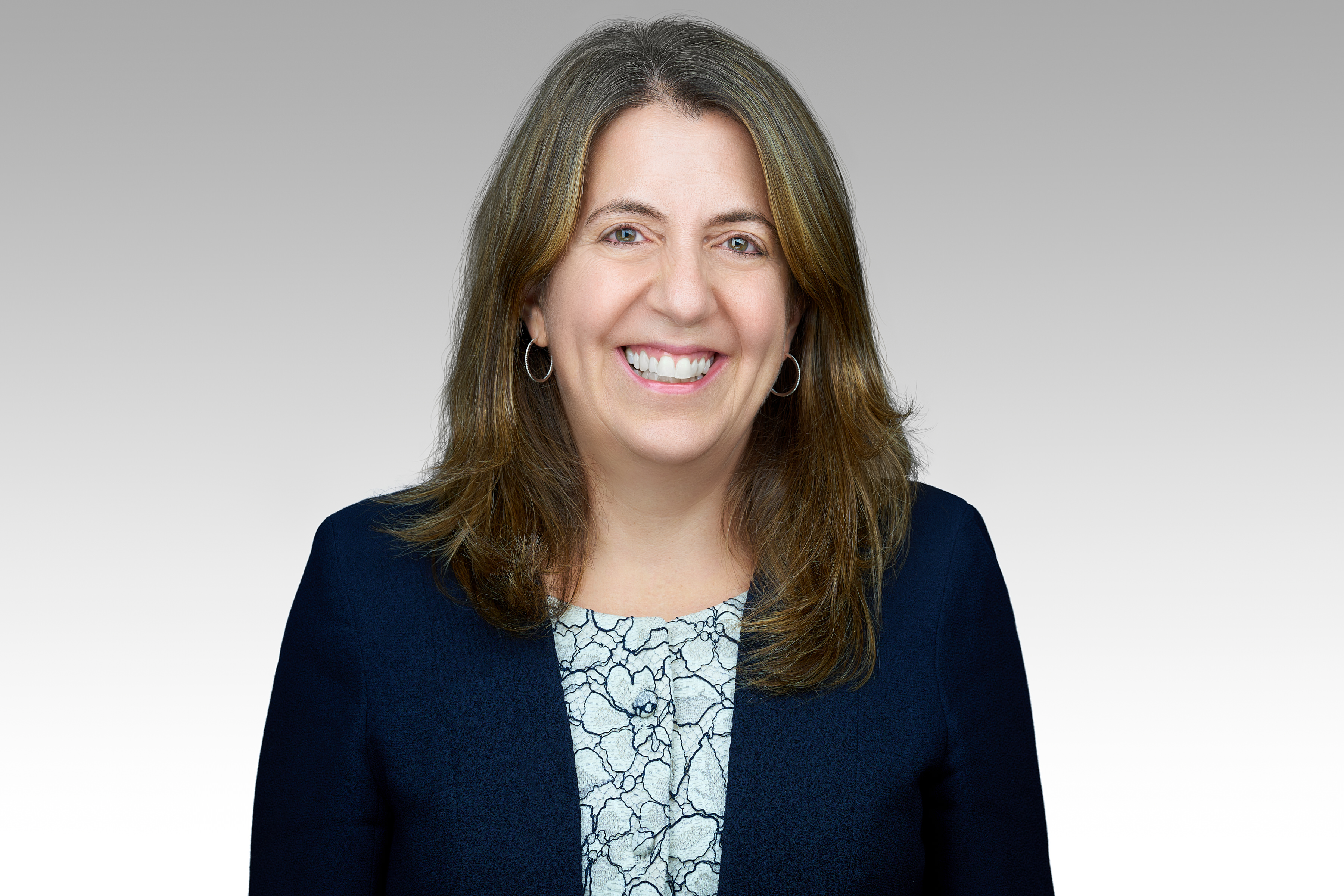The Lancet's Timeless Mission: Driving Social Change via Medical Research & Science

Kumsal Bayazit. (COURTESY PHOTO)
By Kumsal Bayazit
The Lancet was founded in 1823 by Thomas Wakley with the vision to drive positive social change by advancing medical research and science for the greater good, by addressing inequities of the time with access to medical knowledge for "medical and surgical practitioners" in the UK and the British colonies (as they were referred to at the time), and by being more than a medical journal. The Lancet has remained true to its core mission to drive positive social change, which is as relevant today as it was groundbreaking then, through the past two centuries amid seismic changes in our world.
During the past 200 years, average life expectancy has more than doubled globally, partly thanks to better health care, hygiene and nutrition – all of which are underpinned by scientific, technological and economic progress. Two hundred years ago, about 40 percent of children worldwide perished before the age of five years; today, the under-five child mortality rate is below four percent. Many diseases that were previously fatal are now curable or manageable thanks to antibiotics, vaccines, targeted medicines, immunotherapies and surgical advances.
The Lancet has remained steadfast in its belief that health and social progress go hand in hand, putting inclusion, equity and collaboration at the heart of scientific enquiry and policy change. The journal has done this boldly, not shying away from uncomfortable debate, while evolving to become the world's number one medical journal with an unparalleled impact in both academic and public spheres. The Lancet has grown from a single journal with a hand-printed run of a few thousand copies for a privileged group in the UK to become a family of titles read by tens of millions of people around the world.
The centenary issue of The Lancet featured pictures of male doctors only, many of them also acting as editors. Now, half of the journal's international editorial advisory board are women. The Lancet has also put a spotlight on racism as a global public health emergency and published a special issue aimed at charting a path for advancing racial and ethnic equity in science, medicine and health.
Equally important is the journal's role in strengthening trust in science, including during public health emergencies. The Lancet team worked around the clock with researchers from across the globe during the COVID-19 pandemic, helping scientists understand and find cures for the SARS-CoV-2 virus, starting with the first research papers that came out of China in January 2020.
In an increasingly polarized world, the journal's belief in partnership continues to build bridges across borders, with science and medicine as the unifying bonds. The Lancet's many commissions are strong vehicles for scientific review and enquiry into urgent and understudied health predicaments that affect people everywhere. They are multidisciplinary, global and focused on transformative change. The commissions are not led by The Lancet, or Elsevier as its publisher, but by science.
We are at the precipice of another pivotal moment for the world, tested by several grand challenges. As the Lancet Countdown report on climate change calls out, this existential crisis is a global health issue.
Meanwhile, populations worldwide are living longer and want access to quality health care, which comes with increased costs to systems and added pressure on doctors and nurses, many of whom are leaving their professions. Geopolitical tensions are at their highest since the end of the Cold War, challenging the spirit of global cooperation in science and health care. Long embedded inequities in society are also resulting in poor health outcomes for the most vulnerable. All these challenges require deep and profound focus and collaboration across health care communities, governments and society.
I remain confident that the future will bring even more openness, transparency, interdisciplinary research, reproducibility and more equitable and inclusive participation in the scientific endeavor. Responsible use of artificial intelligence and large language machine learning technologies, immense datasets, open channels of sharing knowledge, and greater public interest in the scientific process all present exciting opportunities.
As we look to the next 200 years, there is no doubt in my mind that The Lancet will continue to have a pivotal role in scientific enquiry and medical advancement, and that it will continue to boldly catalyze social and policy change that benefits people and our planet. The progress made over the past two centuries gives me deep confidence in the positive progress to come. I thank Thomas Wakley, Richard Horton, and all the editors, authors, peer reviewers, and publishing teams past, present, and future for staying true to The Lancet's core mission.
Kumsal Bayazit is CEO of Elsevier, which publishes The Lancet.







